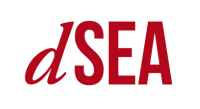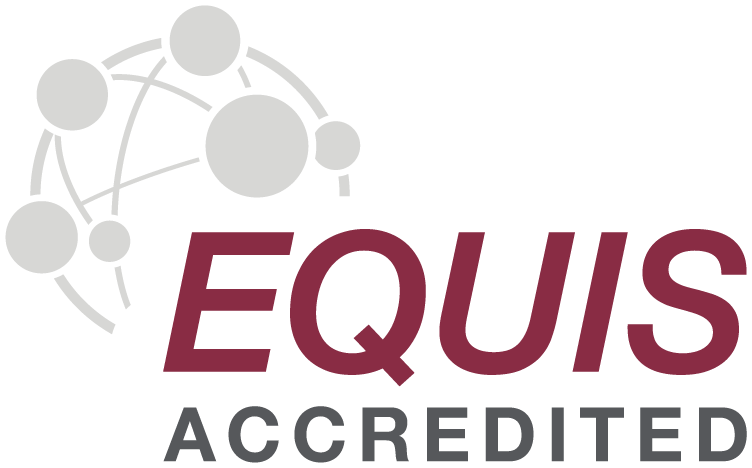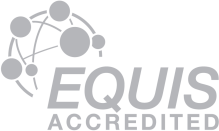
Seminar by Stephan Haefliger
Palazzo Ca' Borin, via del Santo 22, Padova
13.04.2016
Digital technologies have transformed the organization of innovation, and have given rise to the phenomenon of open collaboration. Once distinct to open source software, open collaboration is now widely practiced beyond software. Open collaboration communities usually have three types of actors who collaborate by selectively revealing problems and solutions. These actors are: 1) Independent users and individuals sponsored by firms which are decomposed as 2) firm users and 3) firm producers. These actors freely reveal problems that are either building on previous problems or solutions (i.e. path dependent) or novel problems or solutions (i.e. path creating). This article theorizes about how divers actors in open collaboration select to work on the different problems revealed by their collaborators by extending the self-reinforcing mechanisms of the theory of organizational path constitution. We perform a multinomial logit model analysis using 2-year data of successful open source software development in Open Stack, in which all three actors revealed more than 5000 problems. Our results provide novel empirical insights into the structure of open collaboration. Our findings suggest that firms’ actors tend to solve their own path creating problems rather than path dependent ones; while collaboration is centered on path creating problems revealed by firm users. Furthermore, independent users are the only actors collaborating indiscriminately to path dependent and creating problems from firm users. These findings have theoretical and practical implications for open collaboration, private-collective innovation, and path constitution.







